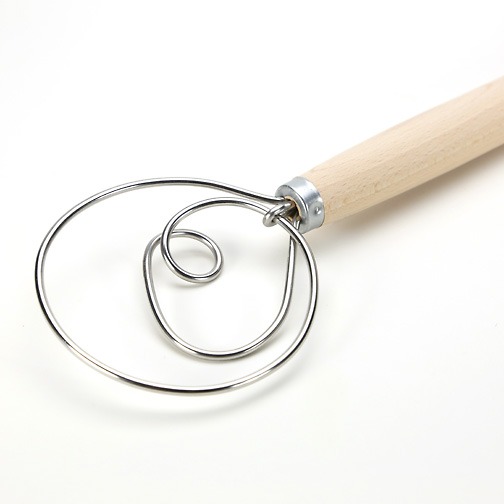Difficult to say but as you live in the US, this may not be relevant as it is a US recipe.
Different countries use different measures. For example, one US cup of flour is different from one CDN cup of flour.
Having said that, I would say:
1) ALWAYS use recipes that use grams to measure ingredients. It is SOOOOOO much easier. Grams are grams everywhere (ALL ingredients are weighed).
the corollary to this
2) ALWAYS weigh your ingredients. Don't use cups, etc as as tool.
One thing to consider is HUMIDITY. If it's humid when your baking, you'll need more flour (OR use less water). The opposite is true as well.
So winter is very dry, you have to adjust down/up. Summer, up/down as required.
You have to CONTROL how much water you use. Depending on how you measured it, you may have used too much ("ah, that looks about right") . Too much water means you'll need more flour to compensate.
Get the idea? This is all science. Some may say bread making is an art. It is but is primarily based in science.
One important suggestion I would make: because you are now weighing your ingredients, write down what you use. AND write down what you add.
When evaluating the end product, note how it turned out AND what you think went right/wrong and how might you adjust your recipe the next time.
Be sure to review that review the next time you bake. Take into account weather conditions as well compared to when you made it last.
Lots to consider. Just like with our smokes: keep a diary and base your next bake/smoke on prior successes/failures.
PS You mention AP instead of bread flour ( I only use AP. Never had bread flour in the house. Ever) . That might play a role but now you need to consider the "strength" of your AP flour. That is, how much protein is present. That is determined by the TYPE of wheat used. CDN wheat generally is higher in protein than US wheat. Dangerous to generalize but there it is

Too much to go into but go here for a start=>
https://whatscookingamerica.net/Bread/FlourTypes.htm


